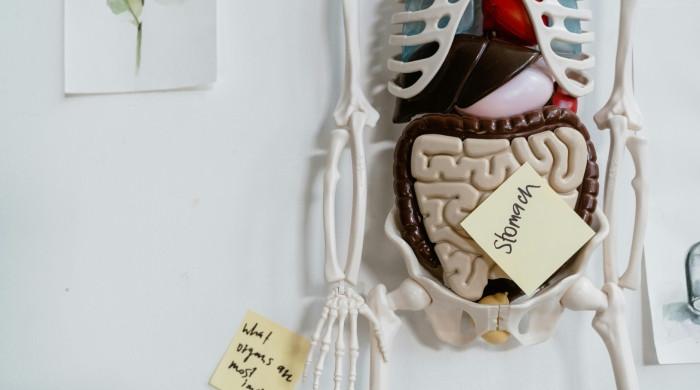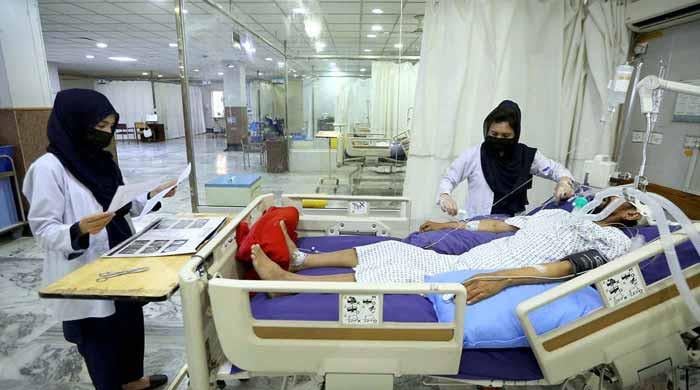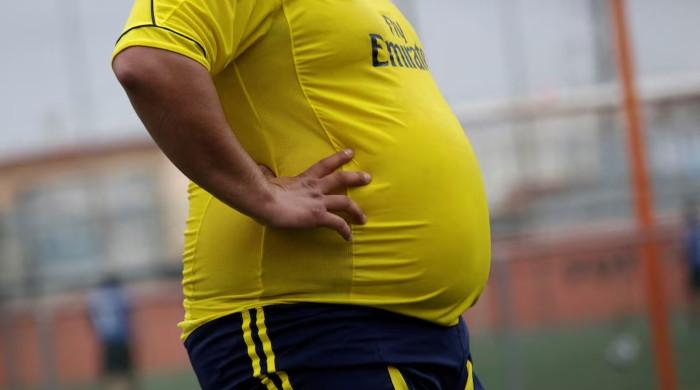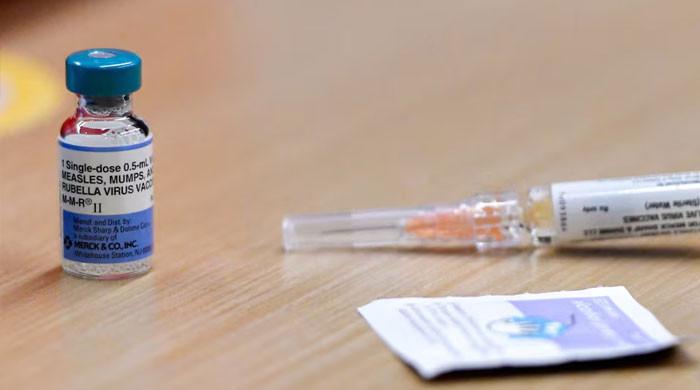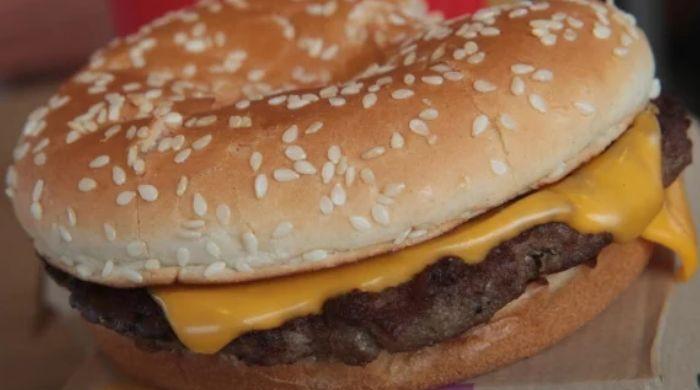Roller coasters can help pass kidney stones
ISLAMABAD: Researchers report how riding moderate intensity roller coasters might aid the natural passing of small kidney stones reducing the need for surgical treatment.
Medical...
September 28, 2016
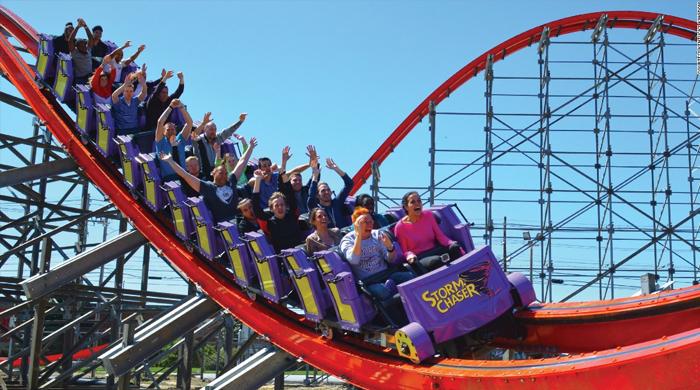
ISLAMABAD: Researchers report how riding moderate intensity roller coasters might aid the natural passing of small kidney stones reducing the need for surgical treatment.
Medical research is full of twists and turns but a new study has taken a more literal approach.
Study co author Dr. David D. Wartinger, a professor of neurology at the College of Osteopathic Medicine at Michigan State University and colleagues, publish their findings in The Journal of the American Osteopathic Association.
According to Dr. Wartinger and team one patient said he passed a kidney stone after each of his three successive turns on the roller coaster.
To test whether the roller coaster does encourage the natural passing of kidney stones the researchers used 3D printing to create a model kidney which they filled with urine and three kidney stones of different sizes.
After getting permission from Walt Disney World the researchers placed the kidney model in a backpack and wore it during 20 rides on the Big Thunder Mountain Railroad. They assessed how the roller coaster affected the movement of the kidney stones after each turn.
Sitting at the back of the roller coaster resulted in a 63.89 percent passage rate, the researchers found while sitting at the front of the roller coaster led to a 16.67 percent passage rate regardless of size and location. Passage rate refers to the natural passing of kidney stones through the urinary tract.
Explaining the mechanism by which roller coasters may encourage the passing of kidney stones, Dr. Wartinger said that the significant and random forces jar the stone loose thus guiding the stone through the passage way.
“A kidney looks like a tree with branches. The forces move the stone from being positioned where a leaf is located down through the branches and out through the trunk and onward to the bladder,” he added. “It’s not surprising that the model we used passed kidney stones on this coaster because it’s based on a gentleman that passed three stones on this exact roller coaster.”
Dr. Wartinger says, “these early results suggest a moderate intensity roller coaster ride has the potential to benefit some patients with small kidney stones but it may not be the right approach for everyone.
We believe this can be replicated but not everyone will respond to the same ride he told MNT. What s important to understand is kidney passage patterns are like fingerprints so each person is going to have their own ideal roller coaster ride.”
Still he and his team believe their findings certainly warrant further investigation and they plan to test more kidney models and different sizes of kidney stones on a variety of roller coasters.






